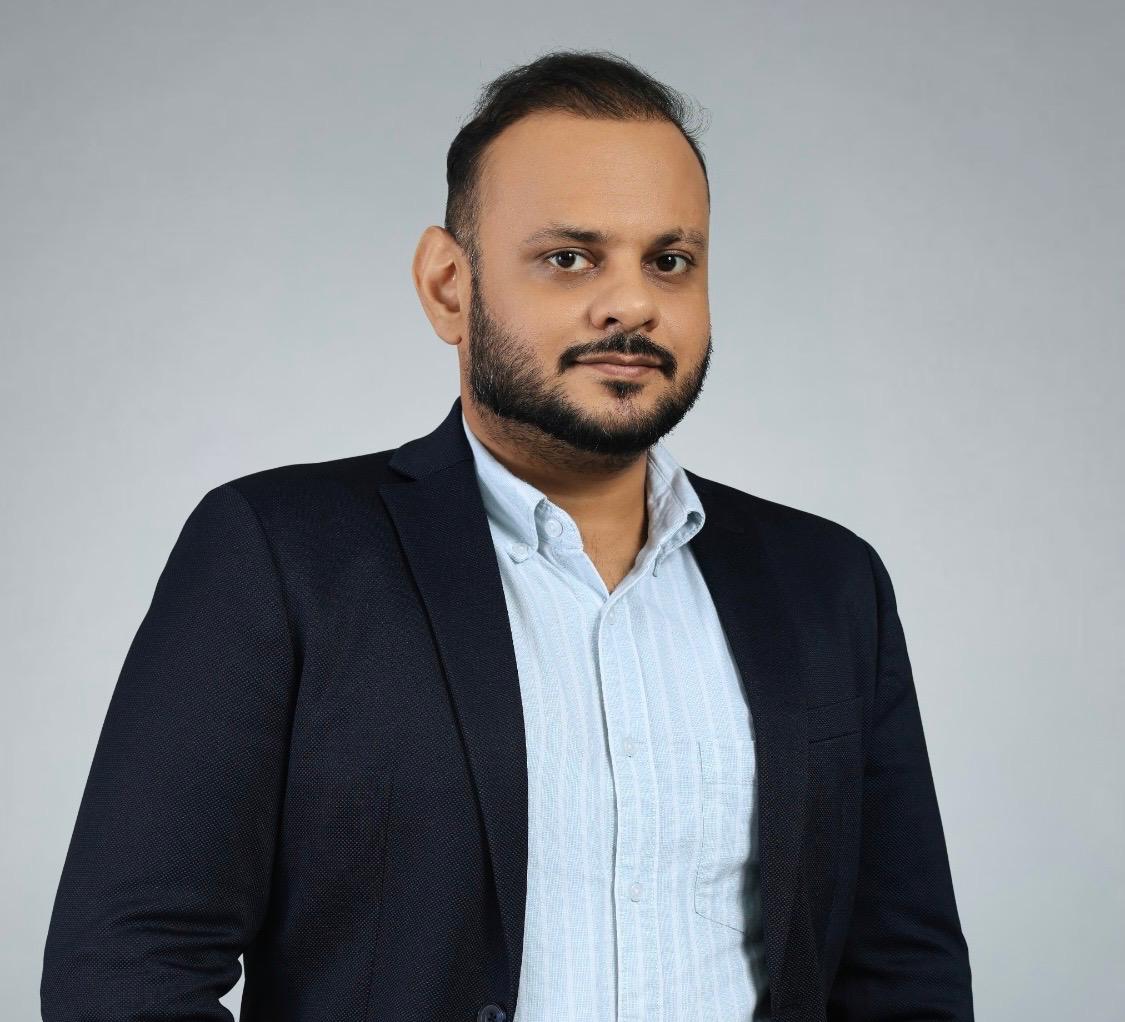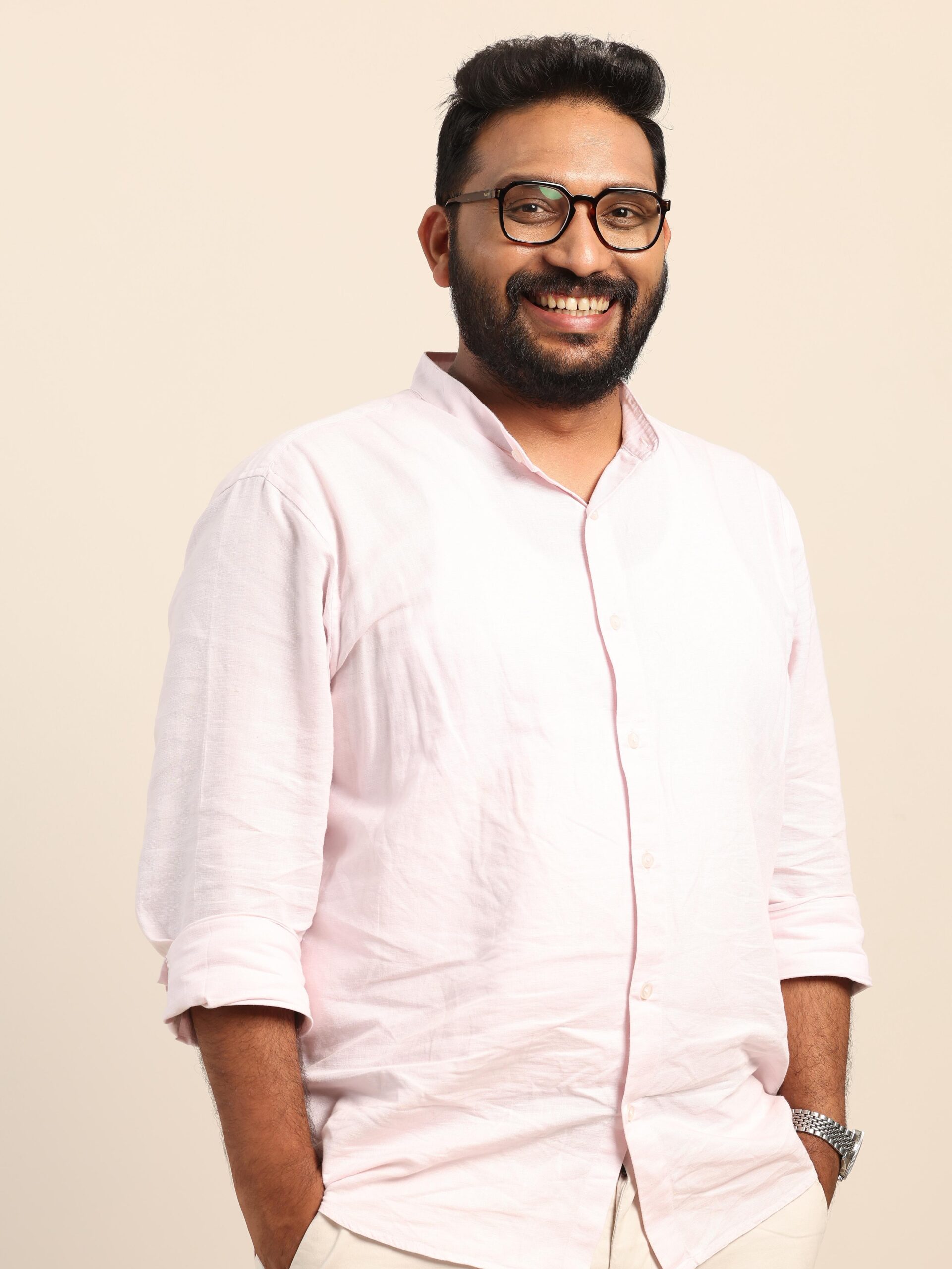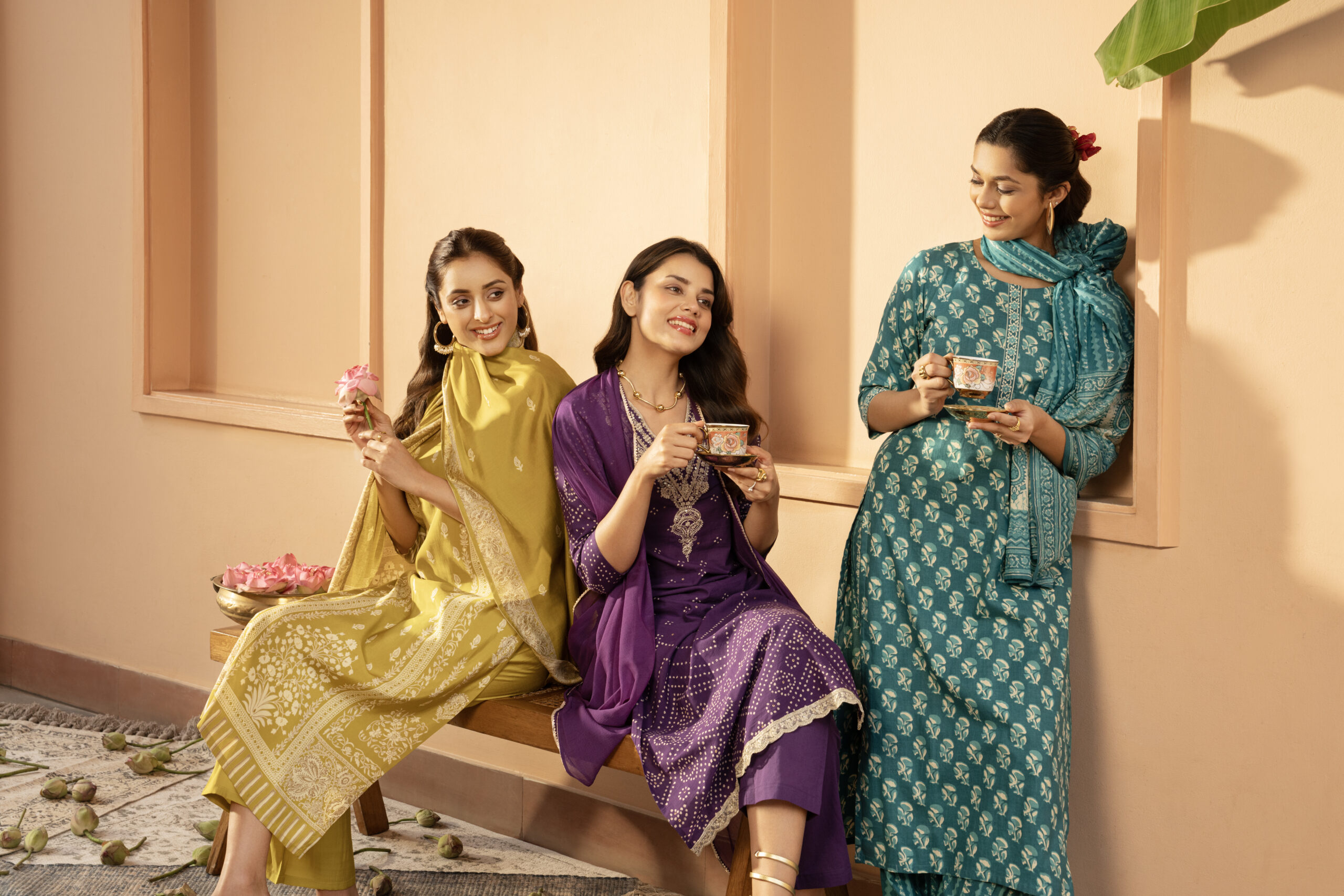India’s women’s fashion market has transformed dramatically over the past decade, driven by the rapid growth of e-commerce, evolving consumer preferences, and a heightened demand for trend-led, value-priced apparel. While global fast fashion giants like Zara and H&M have built strong urban footprints, homegrown brands are now asserting their presence by fusing agility, value pricing, and a deep understanding of Indian fashion sensibilities.
Within this context, Libas has carved a niche as a modern, fast-fashion Indian wear brand. The brand leverages technology, speed-to-market, and competitive pricing to capture a loyal customer base. Once a manufacturing powerhouse catering primarily to exports, Libas pivoted to a retail-first strategy in 2014 and has since become a household name for contemporary ethnic and Indian wear.
“We are a true fast fashion Indian wear brand and we were one of the first in the country to establish that positioning,” says Siddhant Keshwani, Founder & CEO, Libas.
Omnichannel & Dark Store Strategy
What started as a D2C approach has now evolved into a full-fledged omnichannel retail strategy.
Currently, Libas operates 14-15 offline stores with 11 new stores planned to be launched on Independence Day 2025. Additionally, the brand is also present in ~450 points of sale through multi-brand chains including Lifestyle and Shoppers Stop.
While Libas is currently expanding its offline presence steadily, with 100 new stores planned in this financial year, it is also hyper-focused on developing a robust Omnichannel expansion strategy.
To fulfill its vast number of orders, Libas operates:
- A 2,500 sq ft warehouse in Noida with Rs 6.5 lakh worth of inventory
- 3 facilities in Kolkata, Mumbai, and Bangalore
- An additional facility in Gurgaon
- The company has also piloted a dark store in Delhi’s Dilshad Garden to enable quick commerce from its own website.

Bhavay Pruthi, Vice President – Product Management & Ecommerce, Libas says that there were many challenges. “In fashion, it is difficult to park inventory in multiple dark stores because each quick-commerce partner can have 100+ dark stores in top cities, requiring huge distributed inventory. That’s not scalable. So instead, Libas plans to build a central dark store model to serve partners like Blinkit and Zepto, with inventory allocation based on historical regional sales.” He adds that when opening an offline store, Libas always creates an additional floor in the building which acts as a dark store. This helps fulfill both offline and online orders, optimising efficiency.
Libas has already implemented Omnichannel capabilities in 5–6 stores and aims to roll this out to 30–40% of stores by the end of the current financial year.

According to Arun AB, Vice President – Exclusive Branded Outlets (EBO), Libas of the 100 stores the brand plans to open, 50-60 will have Omnichannel capabilities. “This is like the cherry on the cake, but the interesting thing to note here is that the cake itself – our core retail business – isn’t dependent on the cherry.”
“Scaling fashion in quick commerce is challenging due to the large number of dark stores and the variety of sizes, making inventory replication difficult. However, with the right technology in place—systematically determining which dark stores should carry which inventory—the process becomes much easier, unlocking significant potential for scale,” notes Siddhant Keshwani.
Retail Expansion and Sales Split
Currently, 75% of Libas’ business comes from online channels, but offline is growing quickly. The brand operates 25 stores (up from 10–15 last year) and will add 100 new stores in 2025, including 11 stores in a single day on Independence Day.
Libas is also present at 450 multi-brand retail points of sale, including Lifestyle and Shoppers Stop. ASP averages ₹2,000 online and ₹3,000+ offline, with premium pricing in lehengas and occasion wear.
Fast Fashion Agility
Libas sources products from different hubs: Surat, Jaipur, and Noida, with fabrics and stitching often handled separately. Categories like velvets, woollens, and cottons have specialised production centres. Vendors include both MSMEs and large suppliers, with many fabrics sourced from across India’s craft clusters, such as Ikat from Pochampally.
Arun AB emphasises the company’s agility saying, “If tomorrow we identify something as hot selling, the next week it should be listed. We don’t wait for next Monday. The team gets together and gets it done.”
Libas now launches 50–80 new styles a week and around 5,000 styles a year. Turnaround is two weeks, or up to 60 days. Inventory risk is mitigated by multiple sales channels. “If something doesn’t sell in one channel, we can push it through another—like factory outlets,” says Bhavay Pruthi.
Libas’ Purple Day Sale
Festivals like Teej, Karwa Chauth, and Rakhi consistently drive sales spikes for Libas. “We are growing exponentially, doubling or tripling numbers, and all channels are contributing,” says Arun.
Beyond leveraging traditional Indian festivals, the brand is also building its own intellectual property event – Purple Day Sale, Libas’ flagship annual sale. “Purple Day Sale is essentially like a very big festival that we have created, an IP if you will. It’s not about chasing sales here, but about providing consumers with experiences within the store and online,” explains Siddhant Keshwani.
The long-term vision is for Purple Day to become the country’s second-biggest festival after Diwali within the next 2–3 years. “On day one of the sale in stores, we saw 10X growth in footfall. The massive queues outside were really exciting,” Keshwani states.
Events also serve as powerful acquisition tools for Libas. The team uses initiatives like Purple Day Sale, Monday Specials and Early Access Offers to gauge customer insights. For example, this year, customer insights from Purple Day reaffirmed that value-driven pricing works better than large percentage discounts. Siddhant Keshwani then urged his team to take advantage of the insights and boost app downloads. “This was easily done by changing our messaging. So, instead of saying 70% off or 60% off, we realised that consumers relate more if you say buy a kurta for Rs 499. This works really, really well,” he explains.
Expanding into Kidswear
In 2024, Libas entered the kidswear market, focusing on girls’ apparel as a natural extension of its women’s customer base. Currently the brand has 8 sizes in its kidswear line.
“We were essentially targeting women between the age of 20 to 35, so kidswear was a natural progression for us. By default, it made sense, as the office-going woman is likely progressing into a family. The idea was to increase the basket size for the same consumer and boosting retention and bill values in stores,” says Siddhant Keshwani.
Looking Ahead: IPO, International Expansion
- Libas bootstrapped its way to Rs 500 crore revenue. The company, profitable since inception, is considering an IPO in 2–3 years.
- It aims to be the first D2C fashion brand to reach Rs 1,000 crore revenue, with a near-term target of Rs 650 crore.
- Recent funding is being used to scale offline operations, which are capital-intensive.
Looking ahead, Libas intends to blend product expansion with global market penetration, while maintaining technology as its backbone. Internationally, the brand sells online to markets like the US, UK, Australia, and Canada, with plans to expand via marketplaces. It is also planning on opening new stores abroad by next year.
“We’re very excited about our international expansion. We want Libas to be the first Indian wear brand going global. We want to be standing right next to the Zaras and the H&Ms, but with a true Indian identity. And we feel we can do that with the way we are modernizing Indian wear,” Siddhant Keshwani concludes.



